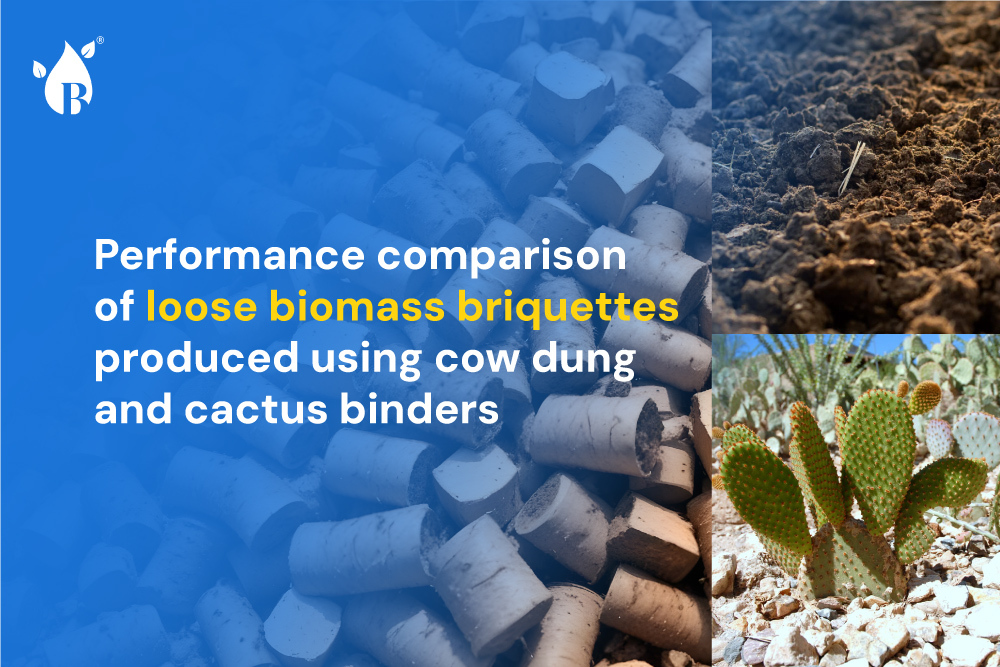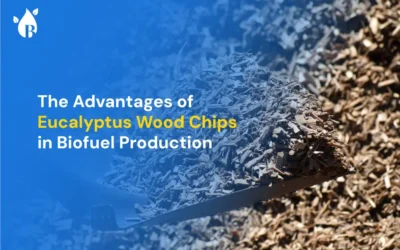
Cow dung as binders
Using Cactus as binders
Cow dung vs. Cactus binder
#1 Density
The result of the experiment showed that the biomass briquettes produced using cow dung had more densities at all pressures than the cactus binder. The highest density was observed in the biomass briquette made from groundnut shells using cow dung as binders.
#2 Moisture content
Considering the cow dung binder, briquettes made from yellow thatch grass lost moisture at a quicker rate of 22% per day. This was followed by groundnut shells and mopani leaves at 12% and 5% per day, respectively.
The drying pattern changed with cactus binders, and they were relatively slower than the biomass briquettes produced with cow dung binder. Loose biomass made using sugarcane was the quickest to dry when bonded with cactus leaves.
#3 Emissions
Biomass briquettes bound by using crushed cactus leaves had lower emissions of CO2, CO, SO2, and so on. It had the highest O2 emission. Cow dung bounded biomass briquettes had higher emissions irrespective of the composition of biomass.
Final Thoughts
If you are looking to buy or sell biomass briquettes in India, visit https://buyofuel.com/



